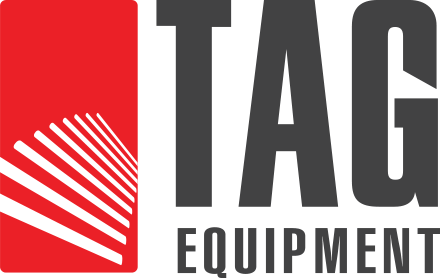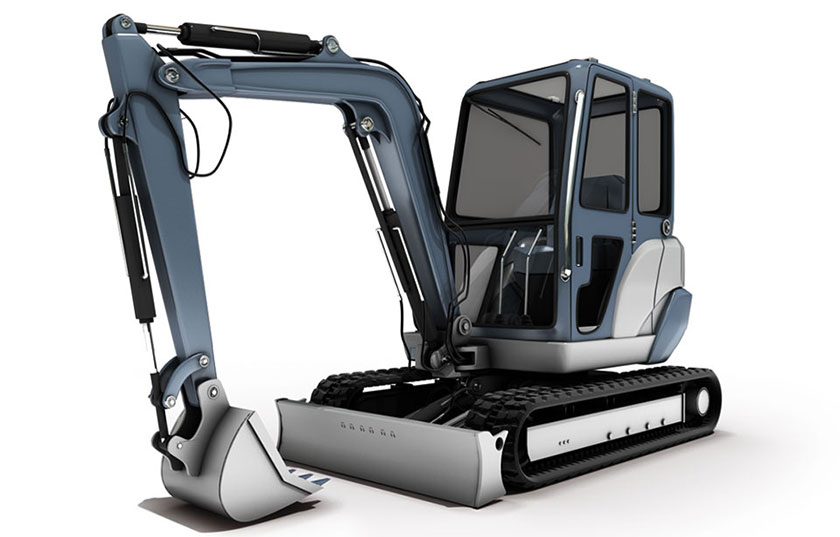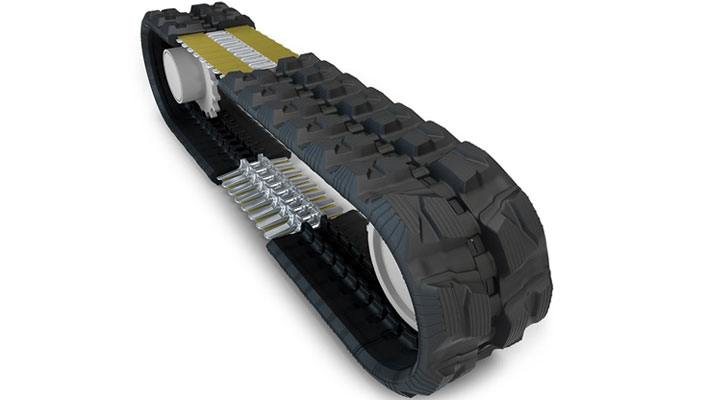Using rubber tracks to their full potential is essential to receive the maximum returns on your investment. Improper maintenance of tracks can increase your repair costs and downtime. Thus, implementing regular maintenance can enhance the life and overall performance of your machines.
How Long Do Rubber Tracks Last?
The life of the rubber tracks typically depends on many aspects, such as its materials, application, type of equipment, worksite environment, worker ability, and maintenance. Although there is no guarantee on their lifespan, you can optimize the life of your tracks by considering the following:
- Equipment and Application
Depending on the project, you will require different equipment to achieve the desired results. No matter what machine you use, the lifespan of the rubber tracks is directly related to the work and motion of machines. - Operator’s Skills and Ability
The way an operator handles the tracked machine tends to affect the lifespan of its rubber tracks. Adopting cautious driving practices as opposed to aggressive techniques can help avoid long-term damage. Also, the operators must adhere to a strict maintenance schedule. - Worksite Environment
The terrain conditions can cause stress on the rubber tracks, leading to wear and tear. Also, operating the machine on abrasive surfaces such as asphalt and rocks will degrade them faster, limiting the track’s ability to perform and reducing its lifespan. - Track Material
The quality of the rubber and the manufacturing process affect the track life. Rubber tracks made of high-quality compounds are more flexible and durable. - Maintenance Schedule
The life expectancy of your tracks mostly depends on proper upkeep. They will last longer if you inspect them regularly and maintain them well.
Top Benefits of Rubber Tracks
- Compatible with Different Machines
When it comes to rubber tracks, they can support a wide range of equipment, such as mini excavators, skid steers, compact track loaders, and multi-terrain loaders. - Perfect for Different Terrains
They can perform well on different ground conditions, including soft ground and adverse conditions. The treads can glide across surfaces like grass and dirt without causing them damage. Rubber tracks are also suitable for muddy areas and wet surfaces. - Better Equipment Stability
Rubber tracks allow your machine to move more evenly and help distribute the equipment’s weight, allowing increased flotation and causing fewer vibrations. - Other Advantages
Rubber tracks are lightweight, affordable, and do not require much maintenance. The machines equipped with these tracks are more comfortable and easier to operate.
Choosing the Right Track Size for Better Performance
When you recognize the signs that indicate you need to replace your rubber tracks, finding the correct one for your machine is crucial to ensure high performance. Installing an improperly sized track can reduce productivity, lead to faster wear, and increase safety concerns. It helps to consider the following when buying rubber tracks for skid steers and excavators:
- Tread pattern or links
- Pitch
- Width of the track
- Compatibility with your machine’s make and model
Let Us Help You Choose the Right Rubber Tracks
Tag Equipment carries rubber tracks for a variety of equipment types. We have the expertise and resources to support your rubber track maintenance needs and offer other essential track components.
Our products range in size, make, model, pattern, and fit to accommodate brands such as Bobcat, Case, John Deere, and Kubota. Our selection includes Camso and Traxter tracks to ensure the best results.
For more information about our rubber tracks for sale, give us a call at 416-716-5850.


